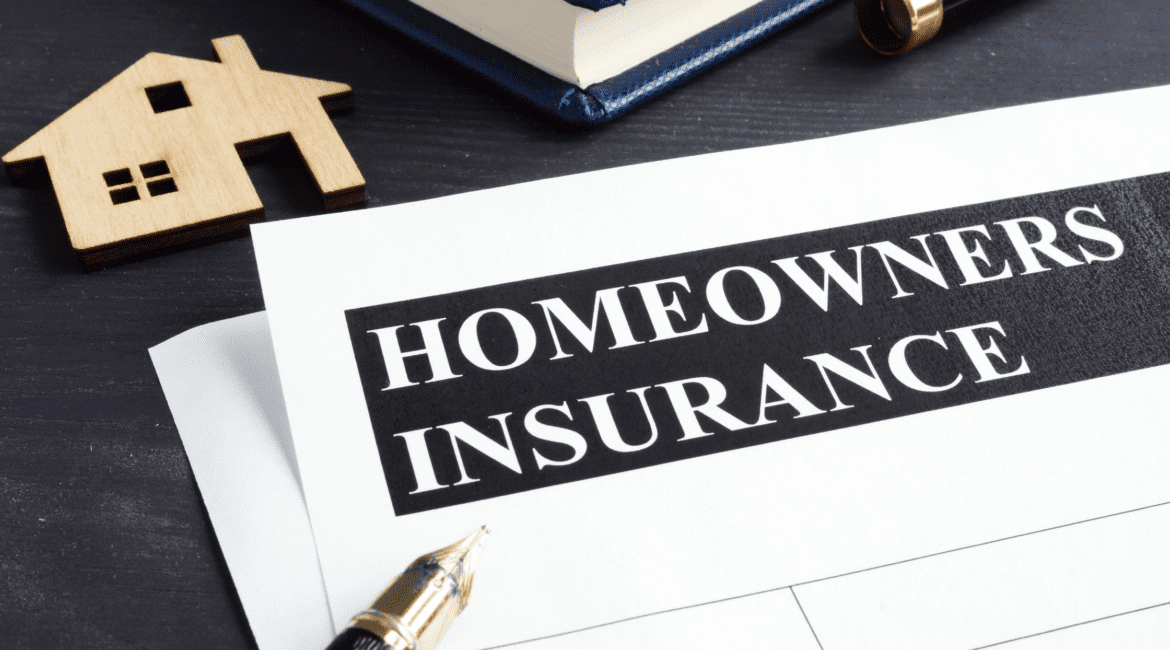Typical homeowner’s insurance policies include six different components. Depending on the insurance carrier, these components can be referred to as “Coverages A-F” or may also be known as Dwelling, Other Structures, Personal Property, Loss of Use, Personal Liability, and Medical Payments coverages. Individuals and families need to be aware of what each component covers. Some homeowners may live in a specific area or have unique needs that warrant additional coverages or floaters.
Coverage A – Dwelling
Coverage A protects your home and any attached structures, such as garages, decks, or fences, should they be damaged by a fire or a storm. However, earthquakes, floods, faulty maintenance, insect damage, and gradual wear and tear are usually excluded from Coverage A under the homeowner’s policy. Homeowners would need to obtain additional coverages or floaters specific to these risks. Protection for Coverage A can be provided on either an actual cash value or a replacement cost basis. Actual cash value is the replacement cost minus depreciation; replacement cost is the actual cost to replace the structure, regardless of depreciation.
Coverage B – Other Structures
Coverage B protects structures not attached to the home, such as a detached garage, storage or utility shed, playground equipment, and swimming pools. Protection for Coverage B can also be provided on either an actual cash value or a replacement cost basis. Homeowners will need to confirm which type of coverage they have.
Coverage C – Personal Property
Coverage C protects your possessions, whether at your home or away with you on vacation, but only the causes of loss listed in the policy section are covered. However, personal belongings of significant value, such as jewelry, fine arts, and collectibles, may require additional floaters. Protection under Coverage C is provided on an actual cash value basis unless the homeowner adds replacement cost coverage to their possessions.
Coverage D – Loss of Use
This coverage handles the cost of additional living expenses while a home is being repaired or is in an unlivable condition as a result of an incident or event that is covered under the homeowner’s policy. The expenses, such as food, housing, and transportation, must exceed what a family typically incurs.
Coverage E – Personal Liability
Coverage E responds if you are legally responsible for accidentally causing property damage to another person’s belongings or physical injury to another person. Protection usually includes paying for defense costs and financial judgments for covered incidents. Intentional damages or injuries would not be covered under this component.
Coverage F – Medical Payments
Coverage F provides reimbursement for minor injuries incurred in your house or on your property by someone who is not a resident of your home.
Some standard homeowner’s policies may require additional coverages or floaters. For instance, homes in flood zones would need Flood Insurance since that type of damage is not protected under Coverage A. Also, Extra Contents Coverage is available to homeowners at a supplementary premium cost and provides additional reimbursements should the contents of a home become damaged or stolen.
The agents at Gill Insurance are available to walk our clients through every component of their homeowner’s insurance policy to ensure they have maximum coverage at the best rate available. Give us a call today!

